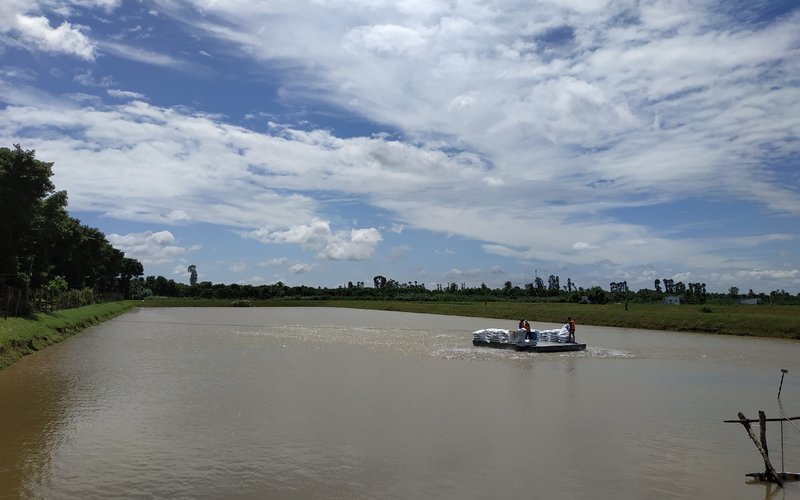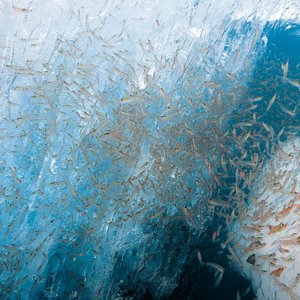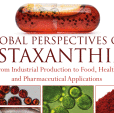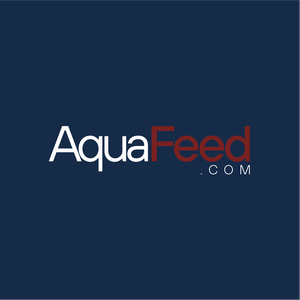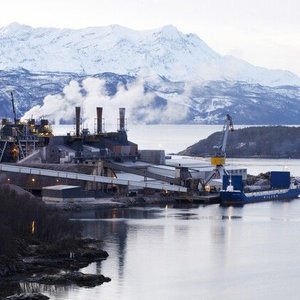The Vietnamese striped catfish (pangasius) production increased in recent years thanks, among others, to the introduction of commercially manufactured extruded feeds. A recent study characterized Vietnam’s pangasius aquafeed value chain and provide recommendations to improve the value chain performance.
Vietnamese pangasius production is characterized by intensive pond production technology and high-quality production inputs. In 2014, the annual production of pangasius was 1,143,797 tons. The pangasius production sector is centered in ten provinces of the Mekong Delta.
The value chain analysis revealed that in 2014, there were 109 hatcheries in operation producing 23.6 billion larvae per annum. Hatchery-reared larvae were distributed across 2,683 nurseries with a combined annual production of 2.58 billion fingerlings per annum. The grow-out sector comprised 5,089 ponds operated as 143 enterprise farms (3,389 ha ponds), 1490 family-run farms (1,572 ha ponds), and 11 cooperatives (209 ha ponds).
In grow-out production, the highest production cost was for feed, which accounted for about 81% of the total production cost. A total of 78 registered feed ingredient-trading companies supply an estimated 1.6 million tons of feed ingredients to feed manufacturers. 50.9% of feed ingredients used in aquatic and terrestrial animal feed in Vietnam are imported. The majority of imports comprise of high-quality protein sources such as fishmeal, poultry meal, meat and bone meal, blood meal, and soybean and canola oil seed meal. In addition, many of the feed additives used in the formulated feed are also imported.
There are 48 commercial aquafeed manufacturers supplying the pangasius sector with high-quality floating extruded feed. These facilities have an installed production capacity of 5,232,500 t/annum, with an average production capacity of 10,900 t/annum/manufacture. The feed manufacturing sector is centeredd in Dong Thap province where 26 of the 48 feed manufacturing facilities of the sector are located. Overall, the facilities operate below the installed capacity. In 2014, commercial feed production was estimated at 1,830,075 t (34% capacity), with a mean production cost of USD0.511 ± 0.03/kg based on the grower feed formulation. Profit margins accruing to the feed manufacturing sector were estimated at 4.7%.
The study found that farm-made feed production was negligible at <10,000 t/annum. Feed is distributed through 882 feed wholesalers and retailers, registered as suppliers of pangasius feed. On average, wholesalers traded 643 t of feed per annum, with 94% supplying between 10 and 1000 tons per annum. Profit margins for suppliers were estimated at 4.1%.
“The feed manufacturing sector has now reached a mature developmental stage with feed production capacity no longer a constraint to sectoral growth. Nevertheless, it is likely that the future sectoral development will be constrained by rising input costs, and with feed production costs accounting for 81.3% of grow-out production costs, it is important that efforts are made to contain feed production costs through improved feed formulation, manufacturing and on-farm feed management,” the study concluded.
Read the full study here.


